1. The low/no category grew by almost a quarter (24.2%) over the last year in convenience
2. Non-alcoholic choices have helped 23% of consumers reduce their alcohol intake
3. Low/no alcohol beer is now outperforming the alcoholic stuff
4. Guinness 0.0% is the UK’s biggest alcohol-free beer
5. New duty rules are delivering lower ABVs across the board
6. There’s still grape expectations for AF wine
7. December and January are boom-time for low/no alcohol
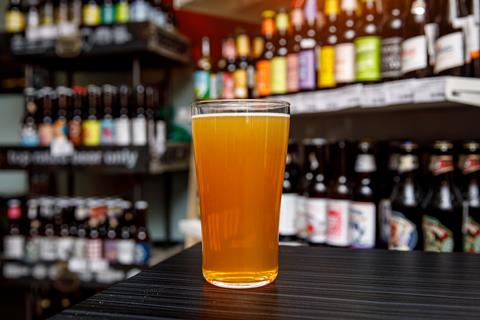
1. The low/no category grew by almost a quarter (24.2%) over the last year in convenience
Are low and no alcohol drinks finally catching on with c-stores?
Until this year the sober verdict from UK shop floors was that it was customer demand that was low – despite the category surging in supermarkets.
But that all changed in 2024. Retailers taking a punt on the drinks are being rewarded with steady sales, leading to more corner-store choice for sober-curious consumers.
“It’s funny, because it’s one of those categories that’s kind of grown over the last year,” explains Ian Lewis, director of Spar Minister Lovell.
“Perhaps it was a bit niche to start with. But names like Bud Zero and Guinness 0.0% are permanent fixtures now. People do look for the category a little more. It’s not been a flash in the pan or something which fluctuates when it’s on offer. It’s here to stay.”
Caitlin Brown, off-trade category development executive at BrewDog PLC, certainly sees a clear and present opportunity.
“Low & no alcohol options have been thriving for some time in the grocery channel, but as choice and quality continue to improve in the convenience space, the category is now seeing similar success in the impulse channel – resulting in double-digit growth in the latest 52 weeks (24.2% in value and 15.5 % in volume),” she says.
Back to top

2. Non-alcoholic choices have helped 23% of consumers reduce their alcohol intake
So what’s behind this surge in low/no alcohol sales? It’s definitely true that Britain is becoming a drier country as far as booze, if not weather, is concerned. In fact, research shows that nearly half (48%) of UK adults plan to reduce their drinking or stop altogether [Aviva research 2024].
Ian believes that this trend started as the pandemic ended.
“I think that maybe during Covid people were looking at how much they were drinking and realising they were drinking far too much alcohol!,” he says.
Plus, the grassroots growth feels part of a wider cultural shift. Costcutter Epsom’s Sue Nithyanandan says that she’s seen around a 25% uplift in no/low sales over the last year in her store, and that the market “has changed rapidly”.
“I think that as well as health reasons it’s because people are making different lifestyle choices,” she says.
“They don’t want to take a taxi home from a party and if they take no-alcohol beer they don’t have to. The quality has just got so much better as well so they’re getting a very similar taste to alcohol.”
It’s a trend that could have legs since today’s twentysomethings don’t have social lives that revolve around alcohol. And according to Aviva, more than two-thirds (68%) of people aged 25-34 actively want to reduce their drinking.
“We are seeing a growing trend in younger adults moderating their intake, as they become more conscious of how many units they are consuming per week and wanting to lead a more balanced lifestyle,” says Alexander Wilson, category and commercial strategy director at Heineken.
Back to top
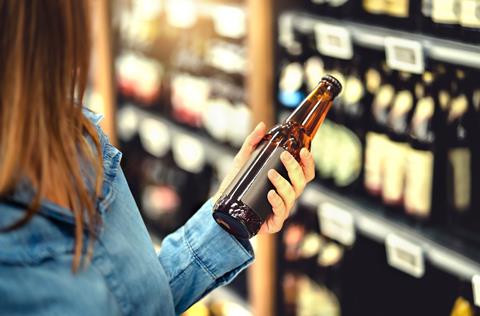
3. Low/no alcohol beer is now outperforming the alcoholic stuff
“When it comes to the convenience channel, over the past year, the low and no alcohol segment in beers and ciders has experienced impressive growth,” says Kevin Fawell, UK sales director at Molson Coors Beverage Company.
“Low and no alcohol beers enjoyed a 25% boost in value sales, while 0% ciders saw a similar trend with a 24% rise [Circana Convenience excluding major mults 52 w/e 14-Sep-24]
As Fawell points out, stats show the no-alcohol category is outperforming total beer and cider performance in value by 21.8% versus a year ago [as above], and is now worth 3% of total beer and cider value sales.
That means the time’s come to shine a spotlight on the category in-store – and not treat it like an add-on.
“Think about the primary tools you use to promote your alcohol range and include an alcohol-free option, to provide shoppers with choice,” says Brown.
“For example, two for [a set price], a meal deal with a pizza and a four-pack, or Big Night In occasional displays with snacks and soft drinks. By having alcohol-free options available and adapting the promotional price accordingly, shoppers will feel their demands are being met and return again and again.”
Brown adds that although the growing demand for alcohol-free means it’s “fully entitled to have its own fixture” space demand means “the easiest option is to display alongside the alcohol alternatives.”
From her vantage point behind the counter Sue has seen her customers’ new-found thirst for alcohol-free beer.
“I’ve had to triple my Becks Blue order as I have a gentleman who now comes in and buys four crates of it. He used to buy San Miguel, so he’s still getting his beer, just without the alcohol. Becks Blue has very much been a favourite with customers.”
Back to top
ADVERTISEMENT
Find out how Heineken UK helped Kaual Patel grow his low & no alcohol sales by 45%
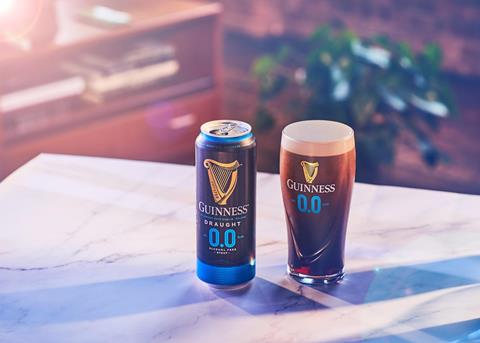
4. Guinness 0.0% is the UK’s biggest alcohol-free beer
Taking the booze out of the iconic black stuff sounds like a tall order. But, after a long road to release, Diageo’s investment in Guinness 0.0% has paid off with Nielsen crowning it the biggest beer in the off trade. Sales have risen almost 110% to £33.2m in the past year [NIQ 52 w/e 13 July 2024].
In the chiller, Guinness 0.0% has taken a while to filter down to c-stores from supermarkets. Yet, Sue says that the weekly sales live up to the hype.
“With Guinness 0.0% we find we’re selling out of it,” she says.
“It’s a drink that shows the quality [in the category] has improved so much. People aren’t finding a difference in the taste and they’re still getting that enjoyment,”
However, the supply chain hasn’t always been as smooth as the stout. After launching in 2020 it was quickly recalled due to contamination problems. Since then supplies have sometimes been erratic before finding the right level.
“We had a time when the supplies were a bit hit and miss,” explains Sue.
“But at the moment, we’re OK. We are getting the stocks in and I’m going to be doing a bit of activation with Guinness, who’re partnering with the Premier League this year. So Guinness is quite front of mind for a lot of people.”
Back to top
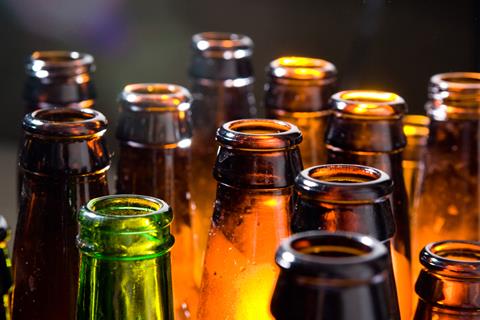
5. New duty rules are delivering lower ABVs across the board
Drinks brands have worked hard to bring to market palatable products hitting the sweet spot of zero-0.5% alcohol by volume (ABV). And now new government duty rules brought in this August could bring ABVs down further across the board.
“It is no surprise that price is a key factor driving store choice and promotional spend is at its highest level for four years, as [shoppers] continue to feel the financial pressure and look for options to reduce the cost of their grocery shop,” says Brown.
“Offering lower-ABV products that meet the government’s new duty level is just one way to deliver value back to shoppers who still want to participate but are cash conscious.”
This year, Brewdog has stepped up with its BrewDog Cold Beer, a Kolsch-style lager coming in at a lowish 3.4% ABV.
“Low alcoholic options – drinks with an ABV of 3.4% or less – are also gaining traction, but this is largely due to bigger brands switching to lower ABV rather than new products coming to the market,” confirms Wilson.
“[However] we do expect more products to enter this segment. In fact, earlier this year we introduced Foster’s Proper Shandy, the first innovation in the classic lager category for several years with a low ABV of 3%.”
Back to top

6. There’s still grape expectations for AF wine
While low/no alcohol beer took a while to find its feet in convenience, there was a period when AF wine looked like it was still staggering.
In some ways it faced greater challenges. The wine category is less dominated by big brands – so there are fewer names shoppers can trust to deliver taste without the alcohol.
Despite this, Sue says that sales have started to seriously pick up in her store.
“I know it’s doing well because I’m regularly reordering maybe a case of the white and the red,” he says.
“People are surprised that it doesn’t taste much different. And the Nosecco always does very well – I do the rose version too.”
Ian adds that McGuigan Zero has established itself “as a real fixture in my store.”
“It’s not outselling the Stella or anything like that, but demand is steady,” he says.
Back to top

7. December and January are boom-time for low/no alcohol
Dry January, when many shoppers are looking to shore up their livers, may seem the smartest time to promote AF drinks in-store. But last year’s sales stats suggest that shoppers want to have a dry(er) Christmas too.
“Nielsen Consumer insights reveal that in the four weeks to December 2023, the category grew by a huge 43% in value, adding £4.2m in sales,” says Wilson.
“This is in comparison to overall beer category growth of just 0.6%, making it clear that many people were not waiting until January to moderate their alcohol consumption [Nielsen IQ. Full Year 2023].”
That’s not to say the start of the year isn’t important. Research shows the total market grew by 33.5% in January 2024, with no- and low-alcohol beer growing by 19.3% [as above].”
“One of the biggest occasions for no- and low-alcohol beer and cider is Dry January,” says Wilson.
“This is a great time for retailers to champion the category and put a focussed effort into making it look as attractive as possible. This can be achieved by introducing special promotions and cross-category deals, and then promoting the deals on social media to make sure awareness is at an all-time high.”

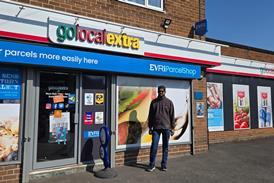


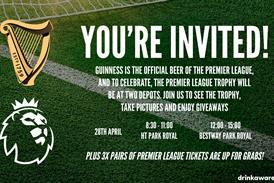
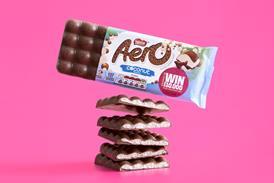
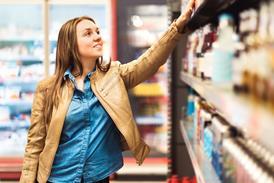
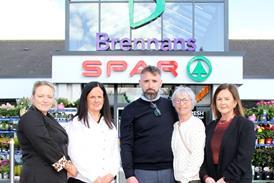
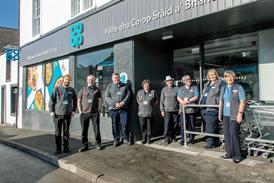
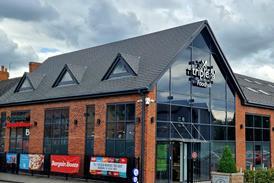

![WG-4003[58]](https://d2dyh47stel7w4.cloudfront.net/Pictures/274x183/4/5/1/353451_wg400358_6083.jpg)

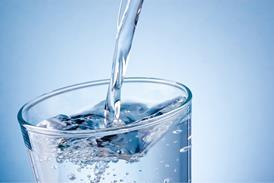
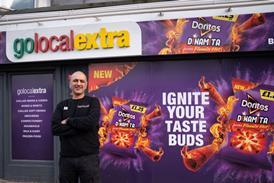












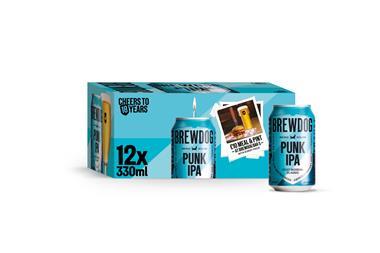
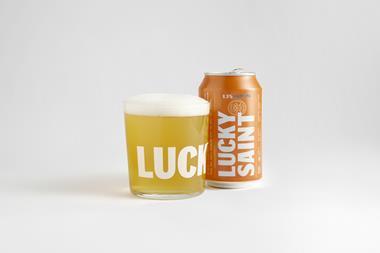

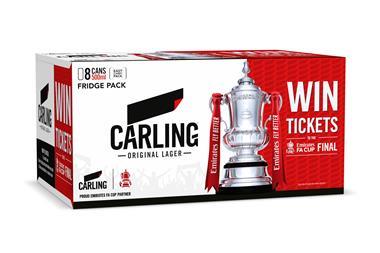
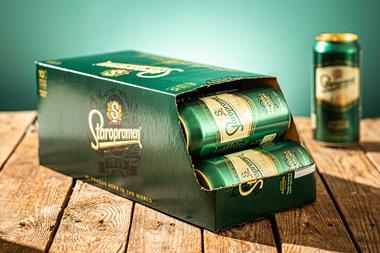
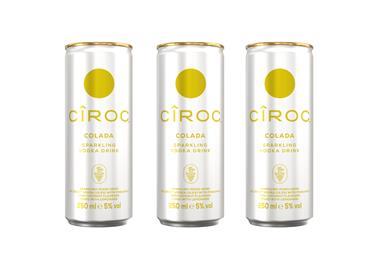

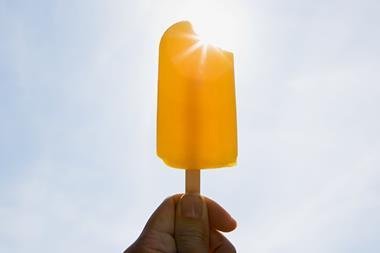
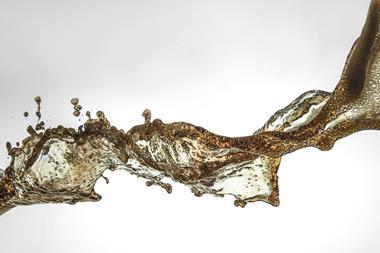
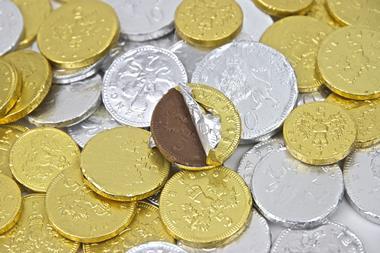
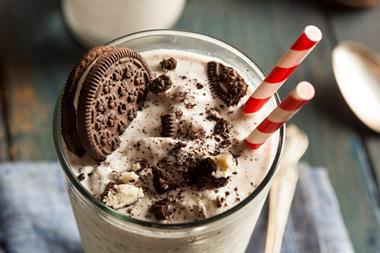









No comments yet